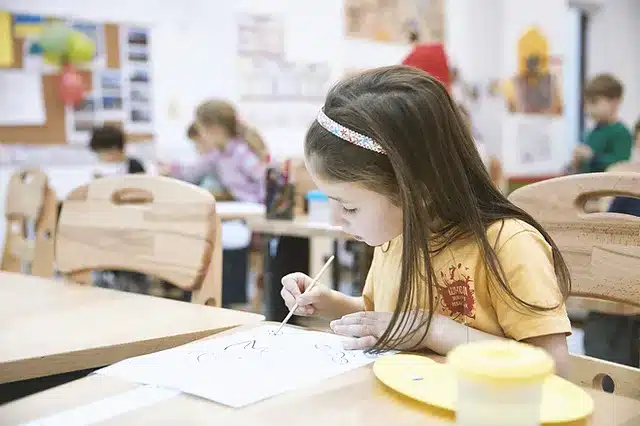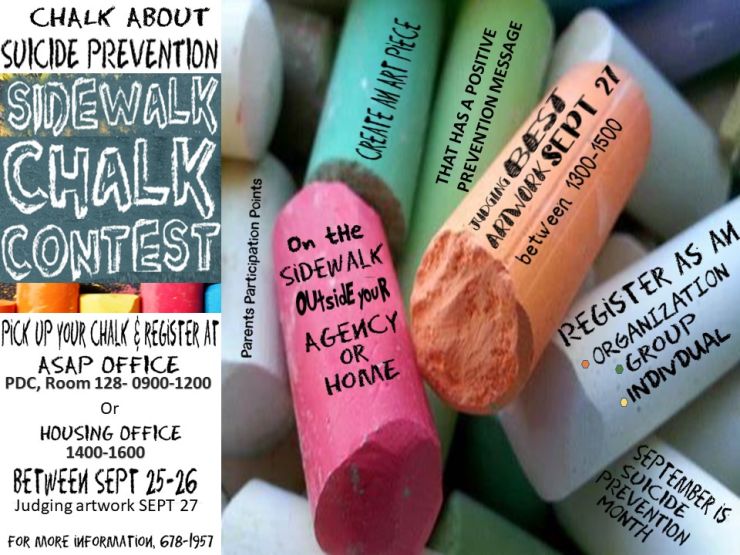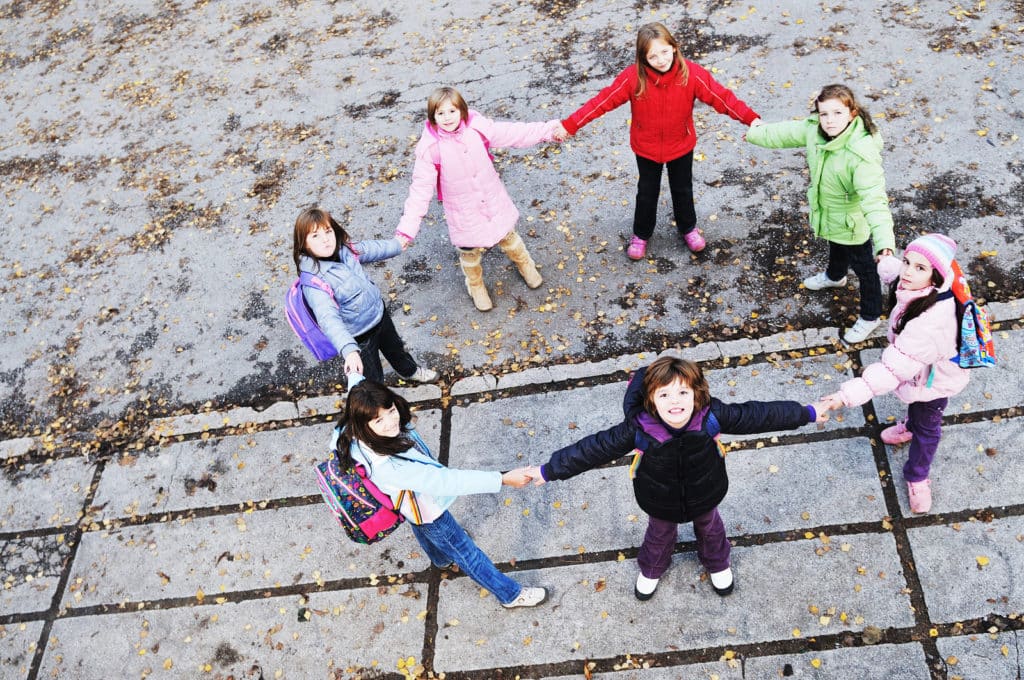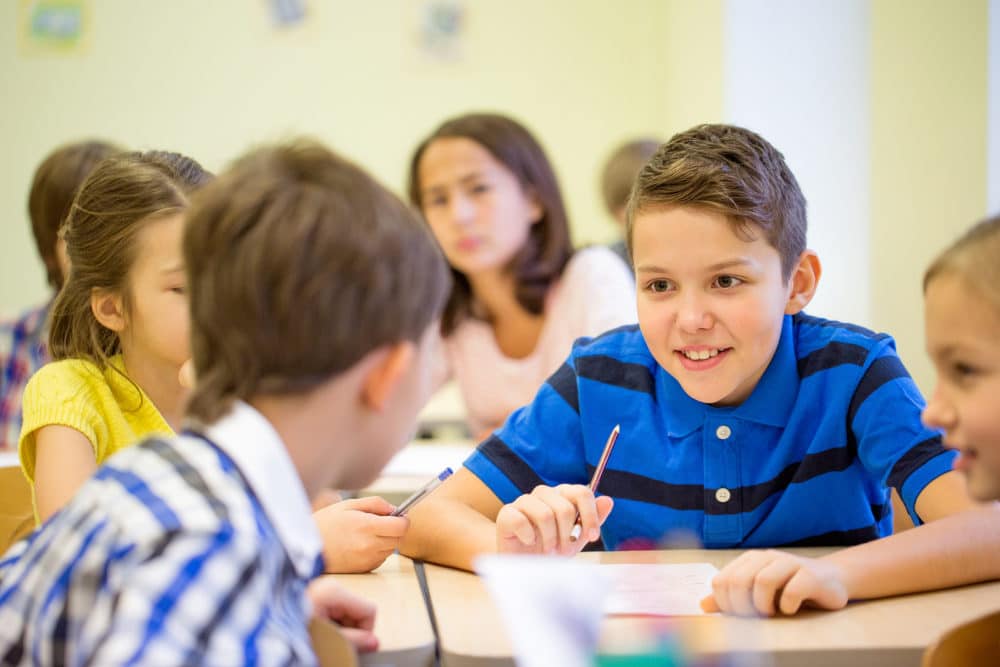Welcome to the realm of Total Participation Techniques (TPT), where learning becomes a vibrant and inclusive experience. As educators, we understand the pivotal role these strategies play in fostering active engagement in the classroom. In this article, we’ll delve into the core of TPT, exploring key techniques and their impact on creating a dynamic and participate learning environment.
Total Participation Techniques List
Think-Pair-Share
Think-Pair-Share is the catalyst for independent thought, collaborative discussion, and collective sharing. Students reflect individually, pair up to exchange insights, and then unveil their ideas to the entire class. This technique nurtures individual processing, peer collaboration, and comprehensive group participation.
Round-Robin
Round-Robin orchestrates a symphony of ideas, ensuring every student has the spotlight. Through sequential sharing, students actively listen and participate, fostering an environment of collective knowledge exchange.
Three-Step Interview
Three-Step Interview transforms classrooms into conversational arenas. Students engage in a structured interview process, involving questioning, paraphrasing, and personal reflections. This technique nurtures active listening and a profound understanding of diverse perspectives.

Total Participation Techniques
Numbered Heads Together
Numbered Heads Together transforms learning into a collaborative game. Small groups, each assigned a number, respond to posed questions. This approach guarantees that every student contributes, making learning a team effort.
Quick Writes
Quick Writes inject an element of speed into learning. Students respond promptly to prompts or questions, honing their ability to process and articulate information swiftly.
Gallery Walk
Gallery Walk turns the classroom into an interactive gallery. Students move, discuss, and engage with various stations or posters, adding a dynamic dimension to the learning process.
Chalk Talk

Chalk Talk brings ideas to life on the board. Students visually represent their responses, fostering a unique form of expression and encouraging active participation.
Also read: what is the average weight for a 12 year old
Popcorn Reading
Popcorn Reading transforms text into a shared experience. Students take turns reading aloud, creating a dynamic reading session that keeps everyone involved.
Inside-Outside Circle

Total Participation Techniques Inside-Outside Circle
Inside-Outside Circle reshapes the traditional classroom setup. With inner and outer circles, students share thoughts, fostering active listening and participation.
Muddiest Point
Muddiest Point invites clarity. Students pinpoint the most confusing aspect of a lesson, paving the way for targeted reinforcement and enhanced understanding.
Conclusion
In conclusion, Total Participation Techniques are not mere tools; they are the architects of an engaged, inclusive, and equitable learning environment. From the collaborative dance of Think-Pair-Share to the rhythmic exchange of ideas in Round-Robin, each technique contributes to a richer educational experience.
Also read: what is the average height for a 13 year old
Remember, there’s no one-size-fits-all in TPT. By embracing these strategies, educators not only amplify student engagement but also cultivate a classroom where every voice is heard, and every perspective is valued.
10 Questions and Answers
- Q: How can Think-Pair-Share benefit diverse student populations?
- A: Think-Pair-Share allows individual processing and collaborative discussion, catering to diverse learning styles.
- Q: Why is Quick Writes effective in the learning process?
- A: Quick Writes promote swift information processing, honing students’ ability to articulate thoughts promptly.
- Q: What makes Numbered Heads Together a powerful collaborative tool?
- A: Numbered Heads Together transforms learning into a team effort, ensuring every student actively contributes.
- Q: How does Chalk Talk encourage active participation?
- A: Chalk Talk lets students visually represent ideas, fostering a unique form of expression and engagement.
- Q: In what way does Muddiest Point contribute to targeted reinforcement?
- A: Muddiest Point identifies confusing concepts, allowing for focused clarification and reinforcement.
- Q: Can Round-Robin be adapted for larger class sizes?
- A: Round-Robin can be modified to suit larger classes, ensuring every student still gets an opportunity to share.
- Q: Why is Gallery Walk an effective technique for kinesthetic learners?
- A: Gallery Walk involves movement and interactive engagement, catering to kinesthetic learning preferences.
- Q: How does Three-Step Interview foster a deeper understanding of perspectives?
- A: Three-Step Interview guides students through questioning, paraphrasing, and personal reflections, promoting a profound understanding.
- Q: What role does Popcorn Reading play in enhancing text engagement?
- A: Popcorn Reading transforms reading into a shared experience, enhancing text engagement and comprehension.
- Q: Why is Inside-Outside Circle effective in promoting active listening?
- A: Inside-Outside Circle ensures active listening as students rotate between sharing thoughts and responding to peers.
